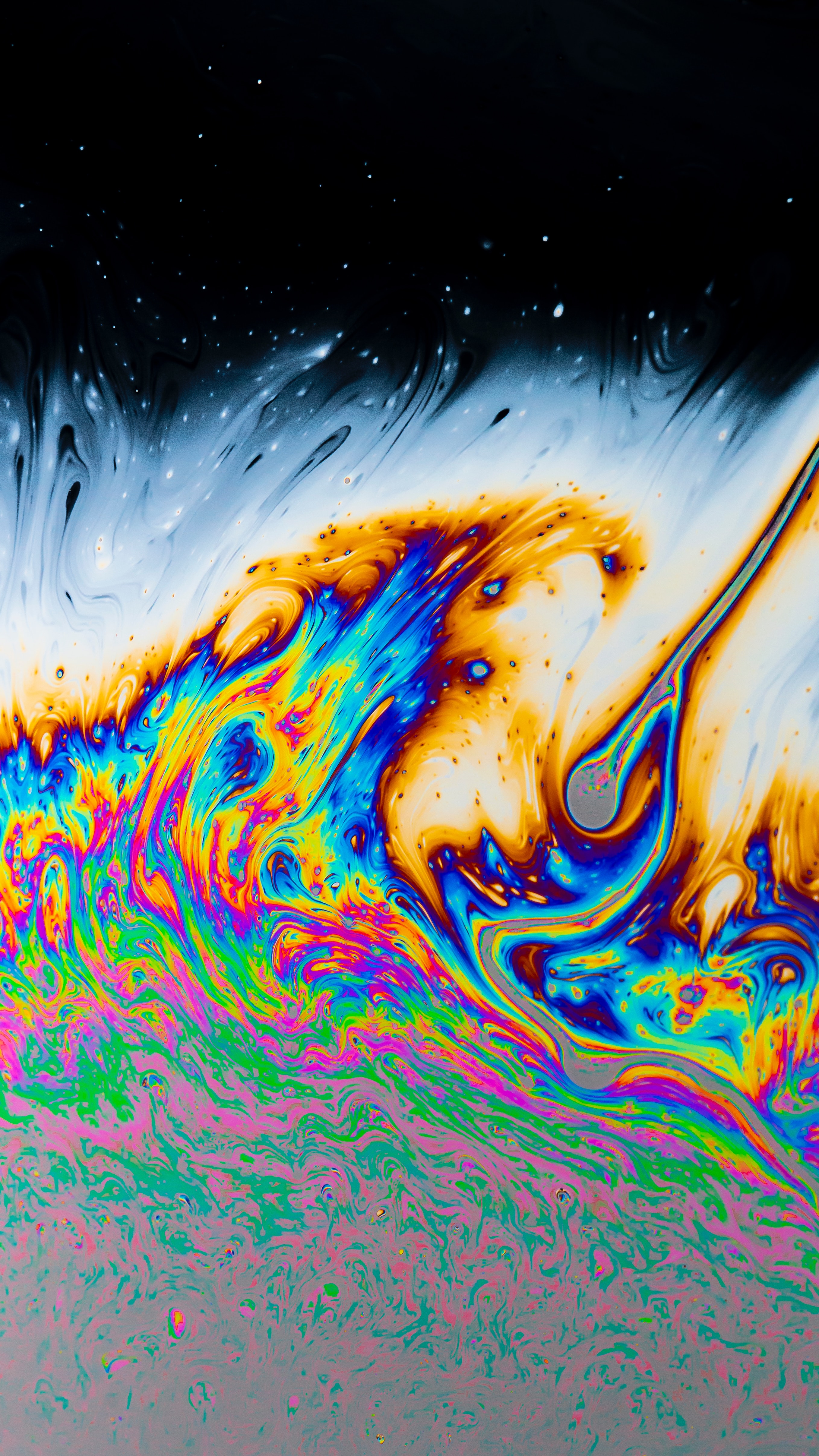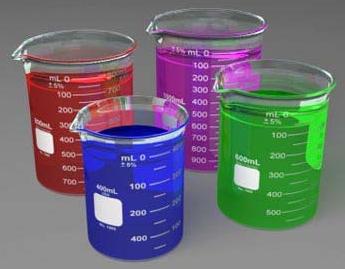Heat Transfer Fluid
Heat Transfer Fluid vs. Lubricating Oil
Heat Transfer Fluids & its Many Types
 Flanged heaters are used in processing industires to heatup heat transfer fluids. In industrial and engineering terms, Heat Transfer Fluid is also known as coolant. Just as the name suggested, it is a fluid that is made to flow through or around a particular device for prevention against overheating while transferring the heat to other gadgets or machines that use it or disperse it. You commonly hear the word Coolant mainly in auto vehicles and HVAC (Heating, Ventilation and Air Conditioning); whereas, Heat Transfer Fluid is applied in places where manufacturing of different products is done with extreme temperatures.
Flanged heaters are used in processing industires to heatup heat transfer fluids. In industrial and engineering terms, Heat Transfer Fluid is also known as coolant. Just as the name suggested, it is a fluid that is made to flow through or around a particular device for prevention against overheating while transferring the heat to other gadgets or machines that use it or disperse it. You commonly hear the word Coolant mainly in auto vehicles and HVAC (Heating, Ventilation and Air Conditioning); whereas, Heat Transfer Fluid is applied in places where manufacturing of different products is done with extreme temperatures.Cutting fluids is yet another alternate word for the term. The coolant can be kept in a liquid or gaseous state along with changing its exact phase by treating it with heat. When it is used to get low temperature, you can also call it as a refrigerant.

Features of an Ideal Coolant
Some interesting features of a perfect coolant are listed below.
· It can withstand high heat capacity also called thermal capacity.
· It is less viscous; means that it can easily flow via different mediums like water.
· Less costly, nonpoisonous and is physically stationary.
· It cannot harm or corrode the machine or device upon which it is put or exposed to.
There are many different types of Heat Transfer Fluids which are in many forms like liquids, solids and gas. A complete insight on each is given below, along with how and where they are used.
Coolants In form of Gases
In gaseous coolant, the most common type is air that uses convective airflow which is also known as passive cooling. Even fans are used as a flowing medium in many different industrial manufacturing processes.
Hydrogen is considered as the most powerful heat transfer gas coolant because it has higher thermal conductivity as compared to any other gas. Due to its less viscosity and density, engineers consider this as an ideal for rotational machines. In large power plants, hydrogen cooled turbo generators are used in electrical generators.
Inert/Static gases are also used to cool down nuclear reactor which uses different gases as a cooling medium. Helium is commonly used in the same process. Similarly Carbon Dioxide was also used for heat transference in Magnox, a nuclear reactor which is now obsolete AGR (Advance Gas Cooled) reactor.
For circuit breakers, power switches and even electrical transformer, Sulfur hexafluoride is utilized as a heat transfer agent.
Coolants In form of Liquids
Water and many different chemicals are considered best for coolant. The most cheapest and high heat capacitor is water which is readily available and is the finest heat transfer medium. However, you cannot use simple water in every machine and process so it is often treated with ethylene glycol, diethylene glycol or propylene glycol to make it susceptible to heat. Deionized water is also used to cool down different high power transmitters.
Polyalkylene glycol is best for its above average thermal stability and anti oxidation feature. The recent development in this coolant makes it less harmful, however it is strongly recommended not to expose it to the bare human skin.
How Oils Can Be Used As Heat Transfer Fluid
Water is not the only viable cooling agent as there are some processes where using it is unsuitable; in this case, different oils are used. They have a high boiling point as compared to water, that is why they are considered best. Another advantage is that you do not even need to add different chemicals to speed up the process like glycols in water.
There are different oils that are used as heat transfer fluids. Stated below are just a few examples:
· Mineral oils are used in many convenient radiator heaters. These heaters are used by residents, industries and during process heating.
· Silicon and transformer oils are some other types that are used in the process and also as an insulator in high power electric transformers.
Liquefied Gases
The process of heat fluid transfer through liquid gases is also known as cryogenic. It is used to stabilize certain machinery and computers which are susceptible to heat. There are two most powerful liquid gases that are considered as the best coolants ever. These are:
· Liquid Nitrogen boils on -196 degree Celsius and is the least expensive of all. When run through a machine or exposed to, it immediately freezes it dropping the temperature faster than any other chemical.
· Liquid Hydrogen is used in rocket engines having a boiling point of -256 to -260 degree Celsius. So, it is more powerful than the latter; however, it is not used during man industrial processes.
What are Nano Fluids?
These are the new and emerging heat transfer fluids which contain water and additives like Copper II Oxide, Alumina, Titanium Dioxide or Silica. These fluids speed up the cooling process without adding the chemicals during the process.
The additives which are dispersed within water are also known as Nano-particles. Results indicate that the heat transmission process can be boosted up to more than 300%.
The Use of Solids as Coolants
Solids can also be used as cooling agents which require a really high temperature to vaporize. You will find them widely used in rocket engines or during space flight. A fine example would be of the material that is used to build space ships and jets which when enter the Earth’s atmosphere experience a friction that makes the ship burn like a crimson star. However, it is vulnerable to the heat and so are the astronauts inside the vehicle.
When you need to cool out some machinery by direct contact, dry ice is usually used. Another feature of dry ice is that, when you expose it to water, it creates a synthetic fog which is strong enough to blind a person like a real stormy mist.
NASA used sublimated dry ice during the project Apollo for cooling off space suits of the astronauts.
Solar Water Heating
Heat transfer fluids can transmit heat through solar collectors made of mirror, over to the heat exchanger in the actual heating tank. During the entire process, there are few things which you might consider, that are as follows.
· The freezing and boiling point of the liquid medium should be checked.
· Viscosity drag or how easily can it flow through the contraption should also be kept in account.
· The ability to withstand heat needs to be noticed.
